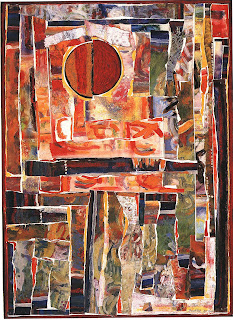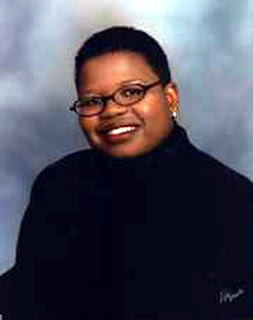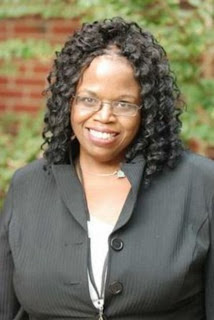"Harriet Tubmah, known at various times, and in various places, by many different names, such as "Moses," in allusion to her being the leader and guide to so many of her people in their exodus from the Land of Bondage ; " the Conductor of the Underground Railroad ; " and " Moll Pitcher," for the energy and daring by which she delivered a fugitive slave who was about to be dragged back to the South; was for the first twenty-five years of her life a slave on the eastern shore of Maryland. Her own master she represents as never unnecessarily cruel; but as was common among slaveholders, he often hired out his slaves to others, some of whom proved to be tyrannical and brutal to the utmost limit of their power.
She had worked only as a field-hand for many years, following the oxen, loading and unloading wood, and carrying heavy burdens, by which her naturally remarkable power of muscle was so developed that her feats of strength often called forth the wonder of strong laboring men. Thus was she preparing for the life of hardship and endurance which lay before her, for the deeds of daring she was to do, and of which her ignorant and darkened mind at that time never dreamed."
The Smithsonian’s National Museum of African American History and Culture has acquired a collection of artifacts documenting the life and work of abolitionist Harriet Tubman. Tubman, born into slavery on Maryland’s Eastern Shore, gained international acclaim as an Underground Railroad operator, Civil War spy and suffragist. Items from the Tubman collection were unveiled today at a ceremony on Capitol Hill coinciding with the anniversary of Tubman’s death March 10, 1913.
The collection includes photographs, correspondence, photo-post cards, manuscripts of speeches, souvenir programs from dedication services, household items and clothing accessories.
Among the items shedding light on the private life of Tubman are family photographs, a hymn book published in 1876 and signed in pencil by Tubman and a lace shawl (circa 1897) given to her by England’s Queen Victoria. Among the photographs of Tubman’s funeral March 11, 1913, is one showing her lying in state at A.M.E. Zion Church in Auburn, N.Y., and surrounded by seven members of the board of directors of the Harriet Tubman Home.
“I inherited her belongings and for eight months I kept them with me in my bedroom, but they belong in this museum,” Blockson said of the Smithsonian’s African American museum. “Harriet Tubman is one of the most important women in the history of America, and her story needs to be heard by generations to come.”
Blockson’s family story is intertwined with Tubman’s. His research shows he is the descendant of Jacob Blockson who escaped slavery on Maryland’s Eastern Shore with Harriet Tubman and settled in St. Catherine, Canada.
The unveiling ceremony today at the Longworth House Office Building is hosted by Rep. Robert A. Brady, (D-Pa.), chair of the Committee on House Administration.
“Several years ago, when the Committee on House Administration considered legislation to establish the National Museum of African American History and Culture, there was no centralized and dedicated collection of artifacts,” Brady said. “Congress and the Smithsonian knew that the collection would have to come from the generosity of private individuals and collectors who would be willing to part with valued treasures in order to enrich the lives of all Americans. Dr. Blockson, a distinguished historian and my Philadelphia constituent, has answered the call by donating his invaluable collection of Harriet Tubman artifacts. What he has done is nothing short of noble.”
The NMAAHC collection holds nearly 10,000 items ranging from fine art, historic photographs and manuscripts, to items documenting the slave trade, the Harlem Renaissance and the civil rights era.
The National Museum of African American History and Culture was established by an Act of Congress in 2003, making it the 19th Smithsonian Institution museum. It is the only national museum devoted exclusively to the documentation of African American life, art, history and culture. It will be built on the National Mall on a five-acre site adjacent to the Washington Monument and is scheduled to open in 2015.
PRESS RELEASE March 10, 2010
For more information visit the museum at nmaahc.si.edu






























